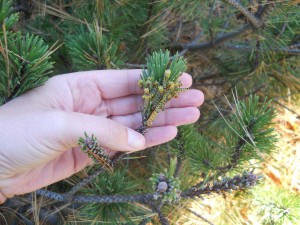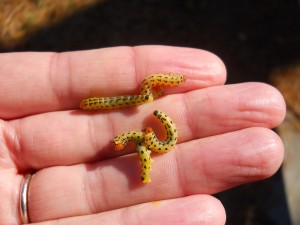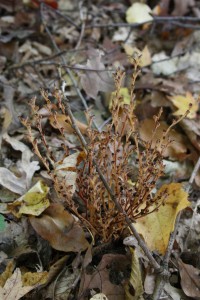The rhododendron by the door blooms pink and purple in the late spring, which gives it the name “rose tree” (at least in Greek). Ours provides a boy with a hideout and holds the snow falling in our first blizzard of the winter. On most winter days, it acts as our very rough thermometer. Warm , the leaves are flat and spread, cold, they droop, roll like a tube, and hang straight down.
Rhododendrons aren’t just one species. In fact, they are a group of about a 1000 species all in the same genus, which includes 2 subgenera of azaleas, those smaller cousins of the bush by my door. The genus is in the heath family, making my evergreen hiding place a cousin to the plants covering Scottish moors. Rhododendrons are the national flower of Nepal, where tall growing species form forests. They all love acidic soils. The rhododendrons thrive in the granite soils or New England, providing our area with a wealth of lovely vistas of winding drives and roads lines with a profusion large purple , pink white and red flowers.
I thought our family was the first to notice that we could decide what level of outerwear was required simply by glancing at our bush, but of course – no- many people have noted this before us. In fact Darwin wrote about it in a book 1880 book The Power of Movement in Plants, and scientists have been studying its causes since the late 1800s. The best answer i could get as to why this happens came in an article in the journal Rhododendron. Although the exact mechanism and causes are unknown , it looks like the drooping comes from a change in the water content of cells in the stem, and the curling has some effect of protecting cell walls in the cold.
So look outside, check out a rhododendron and see what it is up to. Ours is slightly drooped, but not too curled, so even though it is snowing, I know it isn’t very cold.
for more: Nilsen, E. T. 1990. Why do rhododendron leaves curl? Arnoldia 50(1): 30-35.

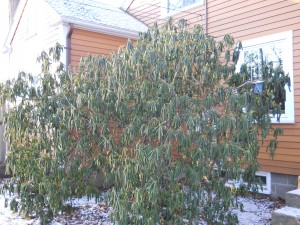
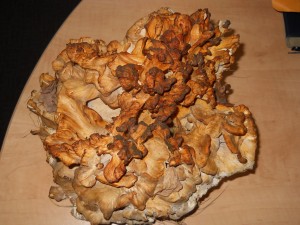
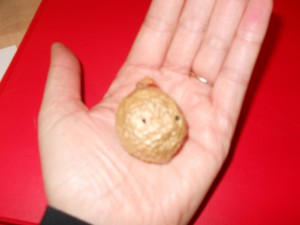
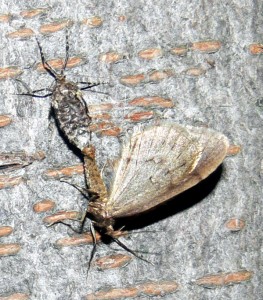
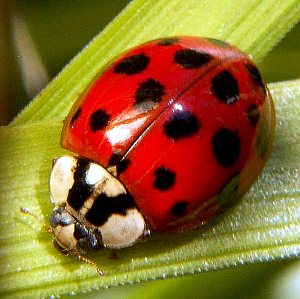
 http://www.elisabethtovabailey.net
http://www.elisabethtovabailey.net